Battling Hunger in South Central Los Angeles
“I have said democracy and freedom do not work too well if you are hungry, if you are starving.” -Pete Domenici
I tagged along with a group of students as they went on a seven day mission trip to Los Angeles, CA. The students spent each day at a different ministry/non-profit helping distribute food to the hungry. They mainly focused on distributing food, but also sorted donated goods, cooked meals, played with kids, and loved on people. The group of students were from Rockford, Illinois, part of a gap year discipleship program called Focus One.
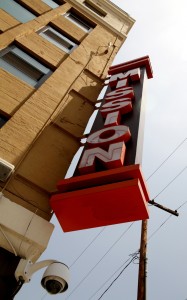 As a high school student back in 2003 I took a similar trip to LA, and to wrap it in a simple cliche, it changed my life. Growing up in a home where food was available, I took it for granted. I could come home and make a snack before doing homework. My belly was full and I didn’t know any other reality.
As a high school student back in 2003 I took a similar trip to LA, and to wrap it in a simple cliche, it changed my life. Growing up in a home where food was available, I took it for granted. I could come home and make a snack before doing homework. My belly was full and I didn’t know any other reality.
Being back in South Central LA was almost deja vu, watching hungry kids play in the street just as they had done when I was there nearly ten years ago. The children hadn’t really changed, they acted and looked the same in 2012 as they did in 2003. They had soccer balls, scuffed knees, big smiles, and grabbed at the yogurt cups we handed out. When they saw us bringing food they streamed out of apartments and duplexes, knowing what our arrival meant for their bellies that next week.
Hungry people aren’t just homeless either – an assumption that I have to stop myself from making. This was evident in LA. People drive cars, have houses, and go to bed hungry.
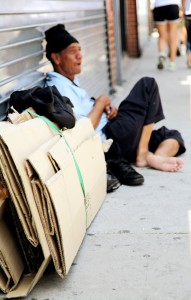
They rely on food banks to make ends meet, especially when unexpected bills or other priorities get ahead of food. An unexpected layoff may land desperate and determined parents in a line at the local food bank. I’ve met the parents, I’ve heard their stories. They are humbled and appreciative-the food bank allows a family to pay for electricity and water instead of groceries. Those are the decisions they hate to make.
I’m not pushing any one charity/food bank/ non-profit, but if you’re looking for a meaningful place to donate money I would recommend finding a local food bank. By putting food on the table for a family you offer so much more. With food in their bellies, kids can focus on school instead of hunger, play in the park without worrying about dinner, and parent’s can sleep better at night knowing their children are well-fed.
I could tell a handful of stories from the student’s trip in LA, but instead I’ll post photos. I think the faces tell more than my words could. I will say this: even with hunger in their stomachs, people are still hopeful. People that are hungry still smile. Kids still play. Hunger can’t replace the resilience to keep moving forward-the children and families I met in South Central LA prove it.
 Previous post
Lessons on the Road to Head Shot Photography
Previous post
Lessons on the Road to Head Shot Photography
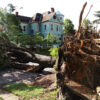 Next post
Tornadoes on Victoria Boulevard
Next post
Tornadoes on Victoria Boulevard
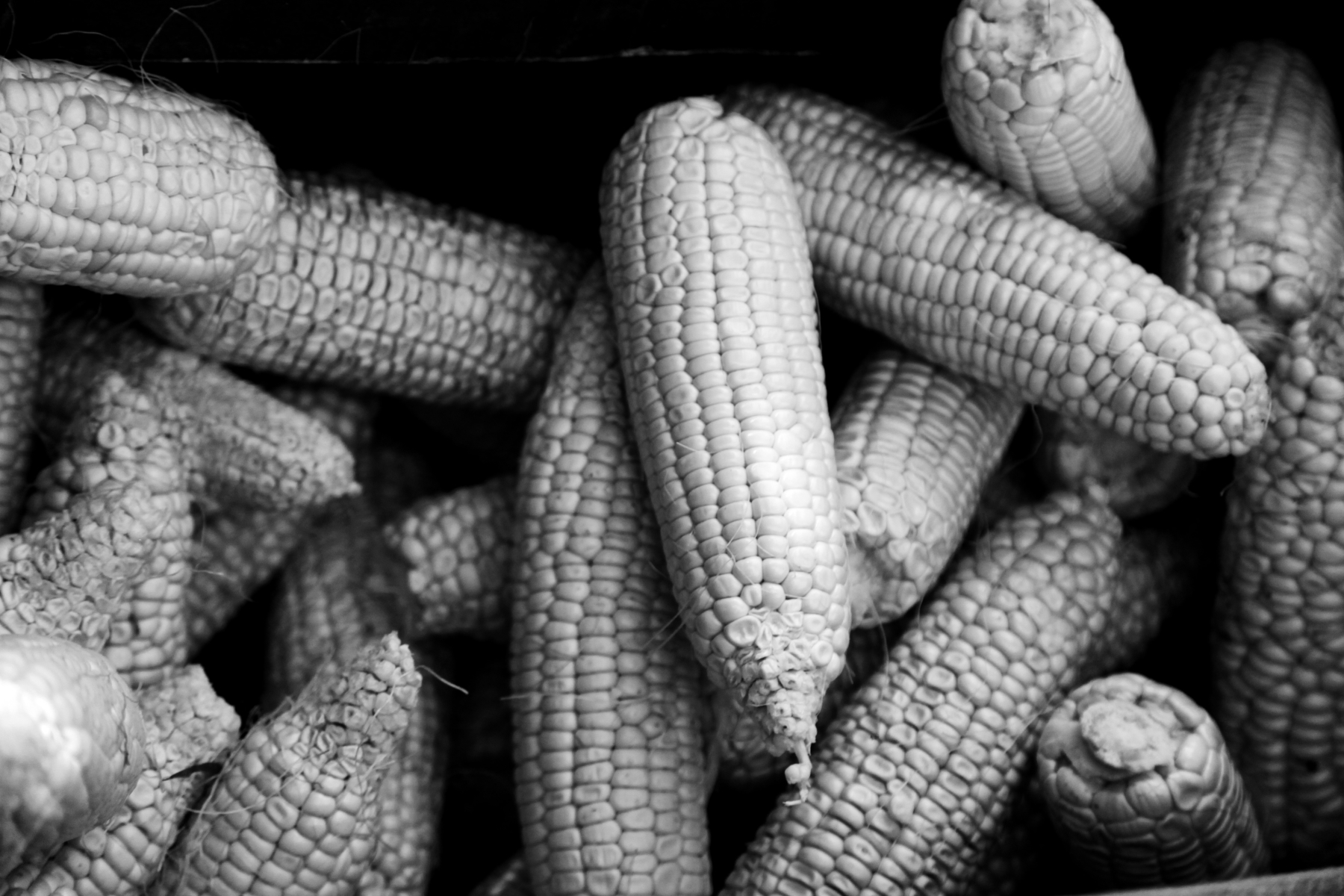

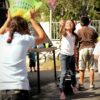
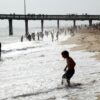
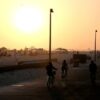
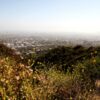
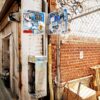
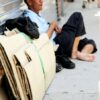
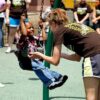

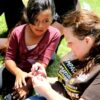
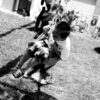
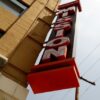
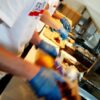
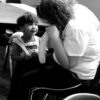
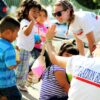
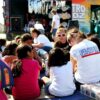

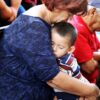

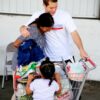
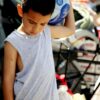

5 Comments
Hello, Ryan…..Thank you for this input on the fate of so many people in this world. I lived in the LA area (not So. LA) and saw the things you have seen only on a smaller scale. For me it was in the Great Depression Era. There were cars loaded with several children, tired and worried parents and their meager belongings…coming from the midwest, looking for a better life after a major drought in their farm land. You can’t forget the desperate look on their faces…the look of hopelessness. We who have need to help, but often don’t. Thank you for being one who has helped.
Do you go back often? Helping and letting others see what is happening, very often on their own doorstep is a very big thing.
Jim
I’ve only been on two mission trips to LA. One was a couple weeks long back in the summer of 2003, and we were centered at the Dream Center in LA. I visit LA for other reasons, a couple times a year, but I’m not usually exposed to this level of poverty. It is always eye opening!
great post, brilliant photos, thanks for sharing!
America’s Second Harvest is the nation’s largest domestic hunger-relief organization with a national network of nearly 200 regional food banks and food-rescue programs, serving all 50 states andPuerto Rico, which distributes 1.4 billion pounds of donated food and grocery products annually. The America’s Second Harvest network supports approximately 50,000 local charitable agencies, operating more than 94,000 food programs, including food pantries, soup kitchens, women’s shelters, Kids Cafes, Community Kitchens, and their local organizations that provide food assistance to 26 million hungry Americans, including eight million children and four million seniors each year. For more information, visit http://www.secondharvest.org.